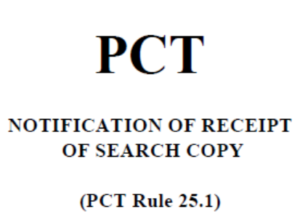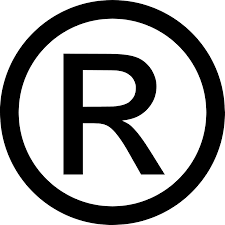 Filers in the Patent Cooperation Treaty, Madrid Protocol, and Hague Agreement systems (utility patents, trademarks, and industrial designs) know that it is important to keep always in mind when midnight will arrive in Geneva, where WIPO is located.
Filers in the Patent Cooperation Treaty, Madrid Protocol, and Hague Agreement systems (utility patents, trademarks, and industrial designs) know that it is important to keep always in mind when midnight will arrive in Geneva, where WIPO is located.
For a PCT filer, this matters because to get a same-day filing date, a PCT application being filed in RO/IB will (usually) need to be filed by 4 PM Mountain Time. The same is true for filing an Article 19 amendment. The same is true if you are using ePCT to file a Demand and Article 34 amendment.
For a Madrid filer, this matters among other things for the payment of decade renewal fees.
For a Hague filer, this matters for the the filing of an international design application at the IB.
The point of today’s post is that starting yesterday, and for the next week, you get an extra hour to get a same-day filing date. The reason is that Europe and the US carry out their daylight saving time transitions on different days that are a week apart.
This means that you could file as late as 5 PM Mountain Time (instead of the usual 4 PM) and still get a same-day filing date.
Things will return to normal a week from now, on November 5, 2016.

 One thing that happens, after you file a PCT patent application, is that Form PCT/ISA/202 arrives. (Or fails to arrive.) Why do we care about Form PCT/ISA/202? I offer some thoughts here.
One thing that happens, after you file a PCT patent application, is that Form PCT/ISA/202 arrives. (Or fails to arrive.) Why do we care about Form PCT/ISA/202? I offer some thoughts here. 
 As I mentioned in
As I mentioned in  A week ago
A week ago